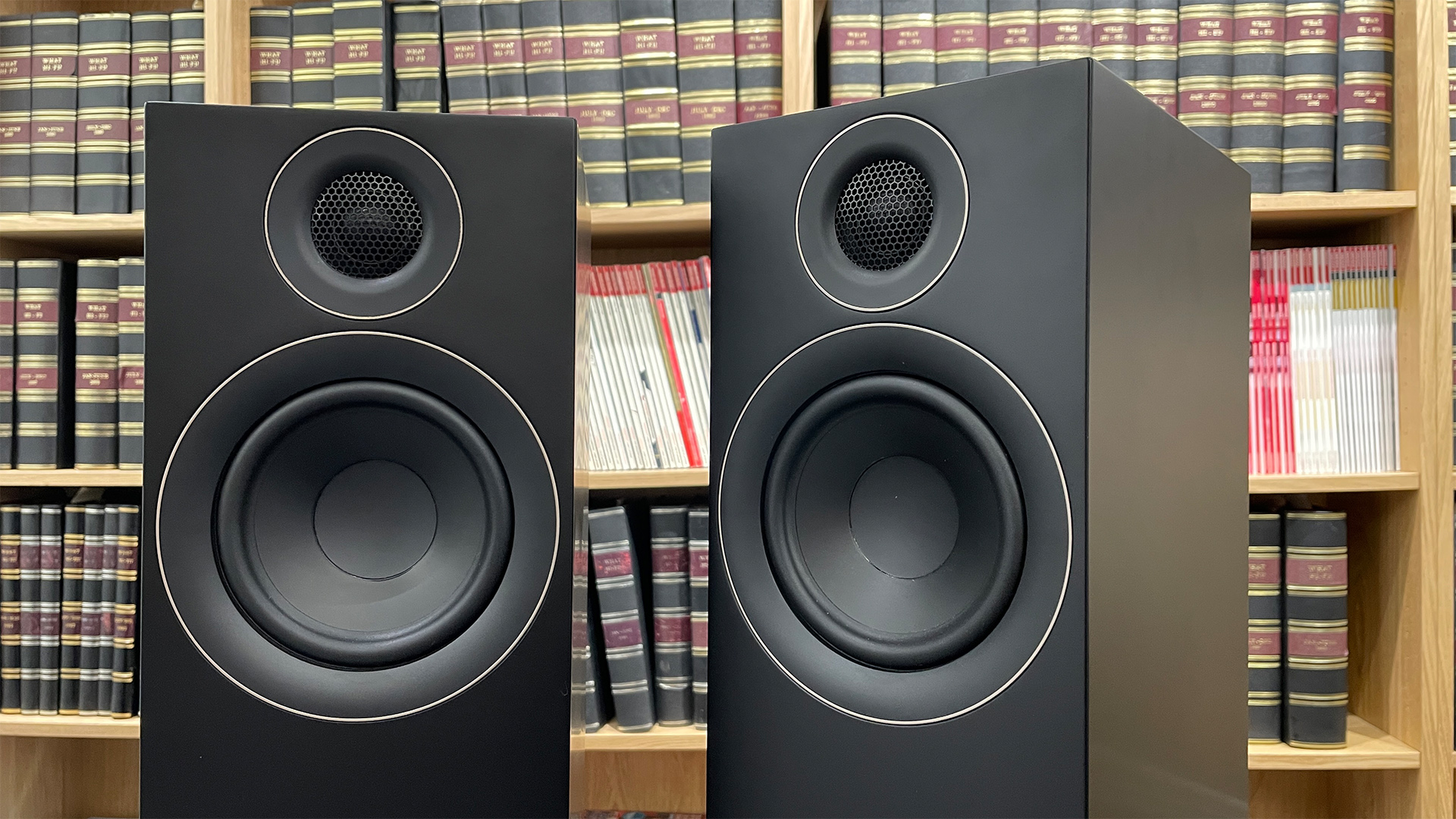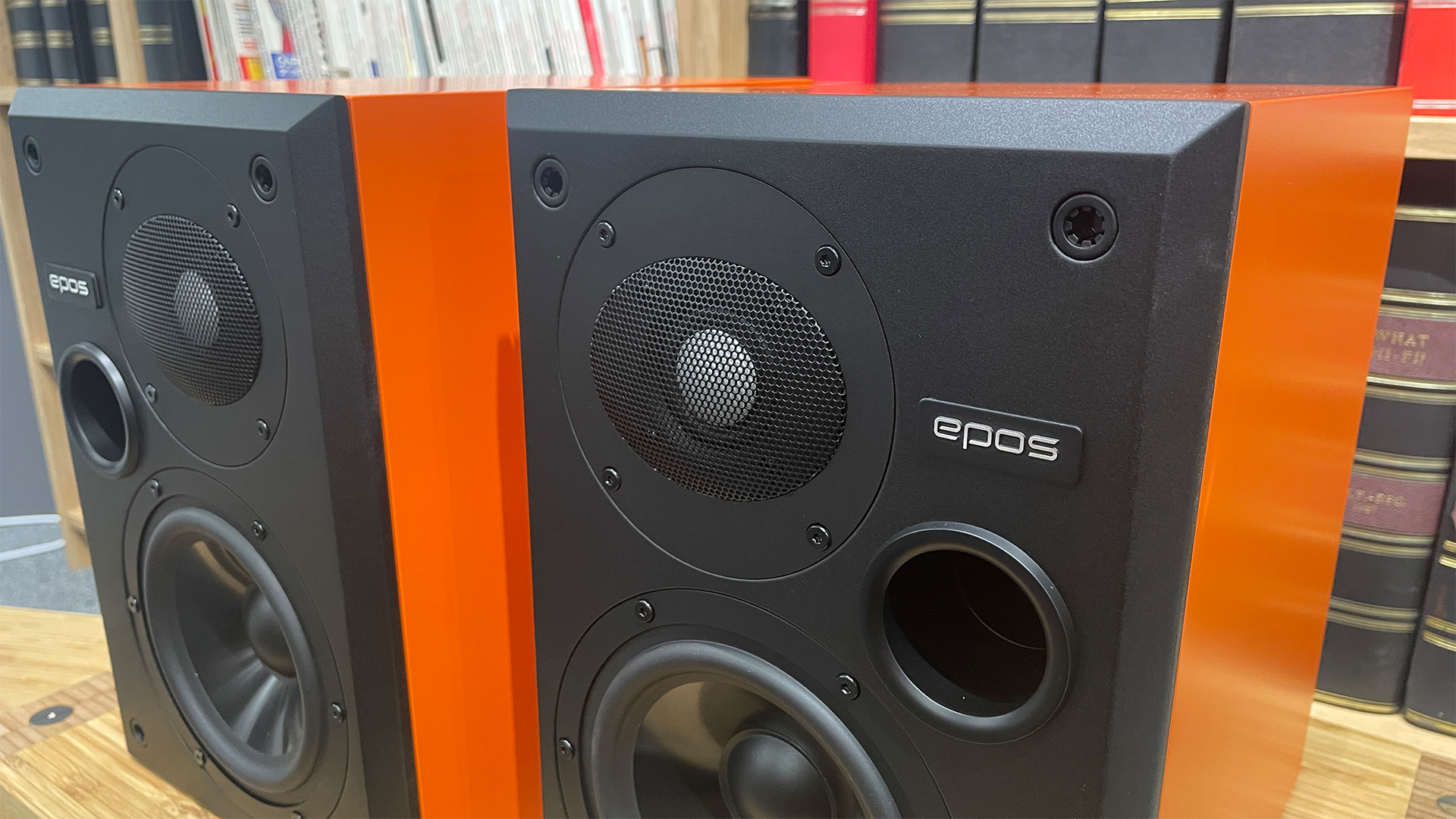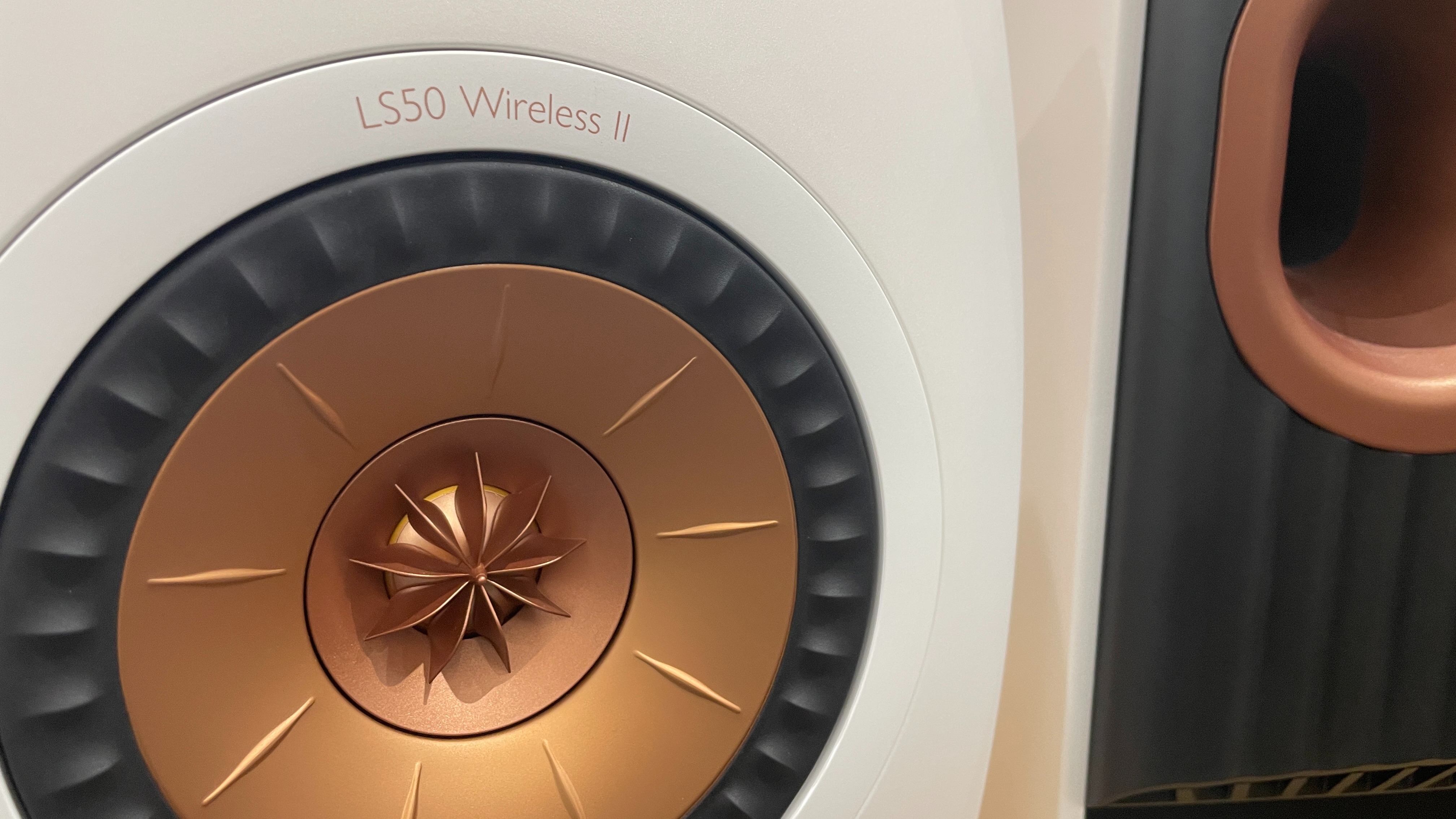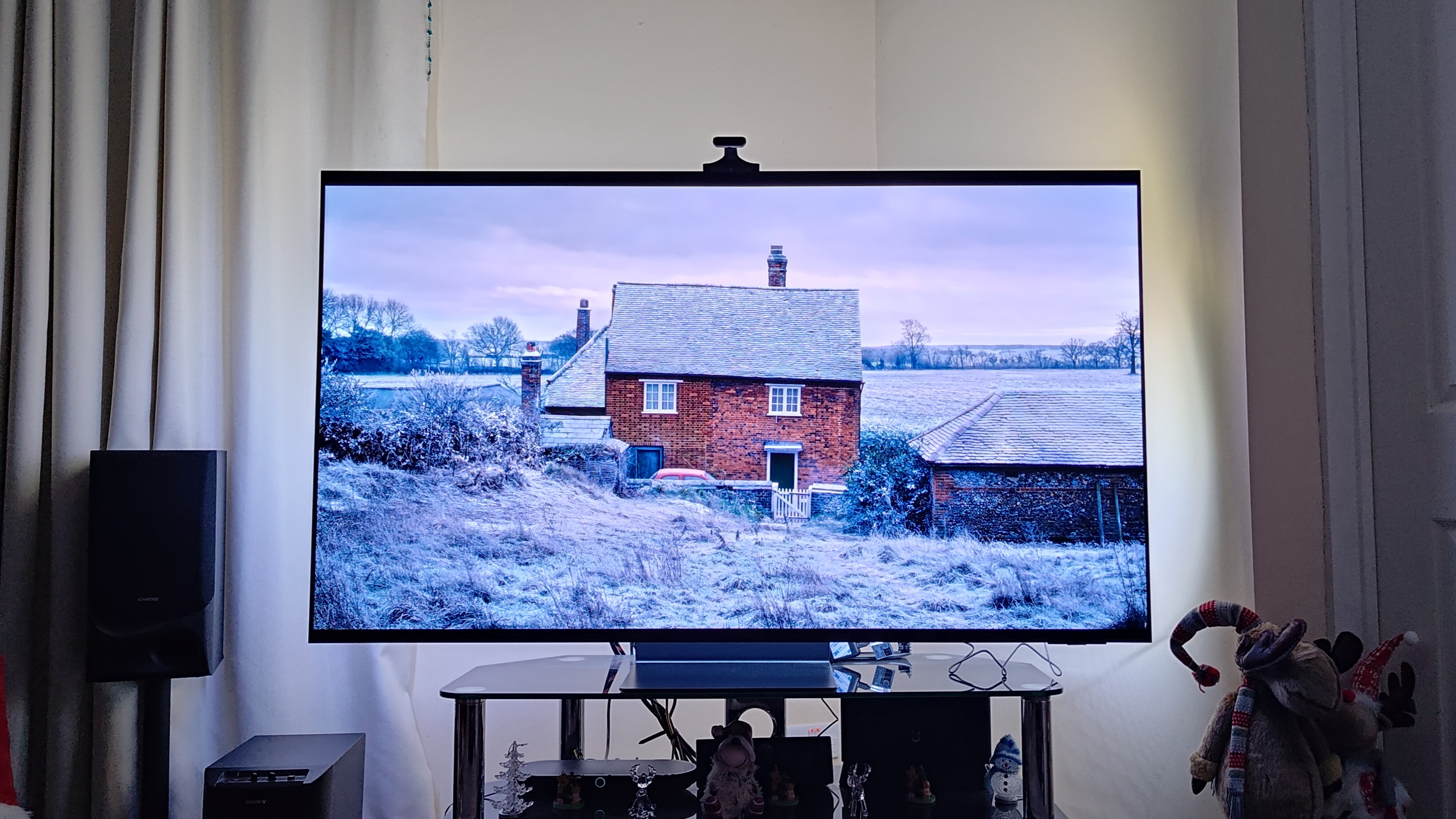This hidden hi-fi danger can ruin the sound from your stereo speakers – here’s how to avoid it
It’s not just about where you sit…

When it comes to getting the best sound from a pair of stereo speakers and enjoying them as the engineer intended, various factors can make a difference to the quality of your listening experience.
A lot of the hi-fi advice you’ll read will centre around a speaker’s positioning in relation to where you sit.
How far should they be from your seating position? Should they be toed in for the optimum stereo image? And, if so, by how much? Should they be used in open space or up close to a wall?
Reach for the manual and there’s a good chance you’ll be told the answers to some, if not all, of these questions.
But there could also be another key piece of information among those pages, which could make a big difference to how you enjoy their sound. And it’s one you might not have thought about before. Speaker height.
The highs and lows of speaker set-up

As well as where you’re sitting, have you ever thought about how you’re sitting and what you’re sitting on? Upright in a chair, slouched on a couch or horizontal on a chaise longue – all of these positions will affect what you actually hear from your speakers.
Now, all speakers are designed to be listened to at a specific height. Typically, this is with your ears at somewhere around tweeter height to just below. This is where the drive units have been designed to work together best and the position where they will sound the most tonally balanced.
The latest hi-fi, home cinema and tech news, reviews, buying advice and deals, direct to your inbox.
In an ideal world, of course, there would be one driver producing all frequencies, but that’s not possible without introducing numerous compromises at both frequency extremes. Instead, most speaker designs use multiple drivers placed above one other on a front baffle.
Because each driver has its own acoustic centre and they aren’t lined up (an acoustic centre is the point in space from where sound waves appear to originate), the distance from the acoustic centre of each driver to the listener must be the same to get the most balanced and cohesive sound possible.
Any movement on the vertical listening axis alters your distance from the drivers (in the same way it does on the horizontal), so it follows that if you sit above or below a speaker’s sweet spot, you’ll get an unbalanced sound.
Spot the symptoms

So how can you tell if the sound is being affected because you’re not sitting at the right height? Check your instruction manual; but, roughly, your ears need to be at tweeter height or between the tweeter and mid/bass driver, depending on the speaker design.
Generally speaking, if you sit too high, your speakers will sound thinner and brighter, with a key symptom being a hollow-sounding midrange.
If you are sitting too low, they can sound lifeless and display less energy in the higher frequencies.
One thing that brought this back to my attention was a recent experience with the Neat Mystique Classic, a petite and short (we’re talking just 78cm tall) pair of floorstanders that we have in for review.
During testing, some experimentation was required – we were sitting a little high, so they needed angling up slightly to give us a fuller, better-balanced tonal and a more focused stereo image.
Now, some speaker manufacturers have tried to tackle the problem head-on. Fyne Audio and KEF, use Isoflare and Uni-Q technology, respectively, and have designed drive units which combine a tweeter inside a mid/bass unit in a way that matches up their acoustic centres better.
Such designs are more even in the way they disperse sound, and so are less fussy about listener positioning. They maintain their tonal balance more easily than speakers that rely on aligning multiple separate, stacked driver units.
All about the angles

If you think there might be an issue with your speakers' positioning, you could always experiment by placing them on shorter or taller stands, or tilting them up or down, depending on how you are sitting.
It could be as simple as tweaking the spikes on the front or back of your speaker (or speaker stands) to get the desired effect. A couple of degrees of tilt can make a big difference, so don’t think you have to hit crazy angles to hear a change in balance.
In your search for the best sound from your speakers, you will probably dedicate time to moving your speakers around your room and experimenting with distances and angles; but don’t forget that how you listen could be having an equally big impact on what reaches your ears too.
MORE:
Our pick of the best stereo speakers for all budgets
Andy is Deputy Editor of What Hi-Fi? and a consumer electronics journalist with nearly 20 years of experience writing news, reviews and features. Over the years he's also contributed to a number of other outlets, including The Sunday Times, the BBC, Stuff, and BA High Life Magazine. Premium wireless earbuds are his passion but he's also keen on car tech and in-car audio systems and can often be found cruising the countryside testing the latest set-ups. In his spare time Andy is a keen golfer and gamer.
You must confirm your public display name before commenting
Please logout and then login again, you will then be prompted to enter your display name.

